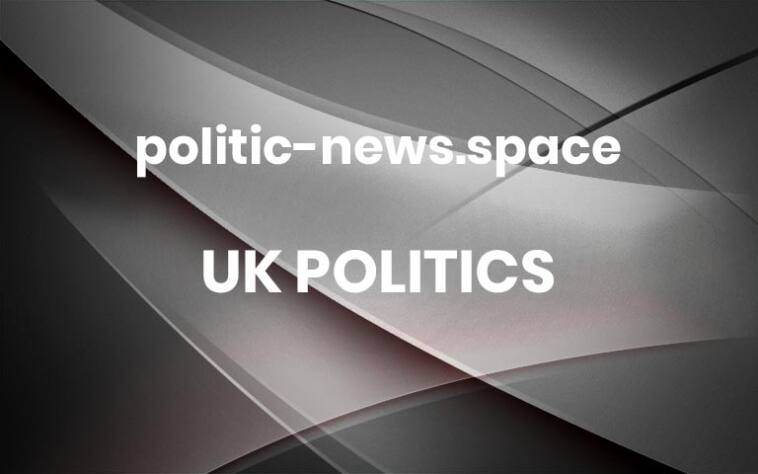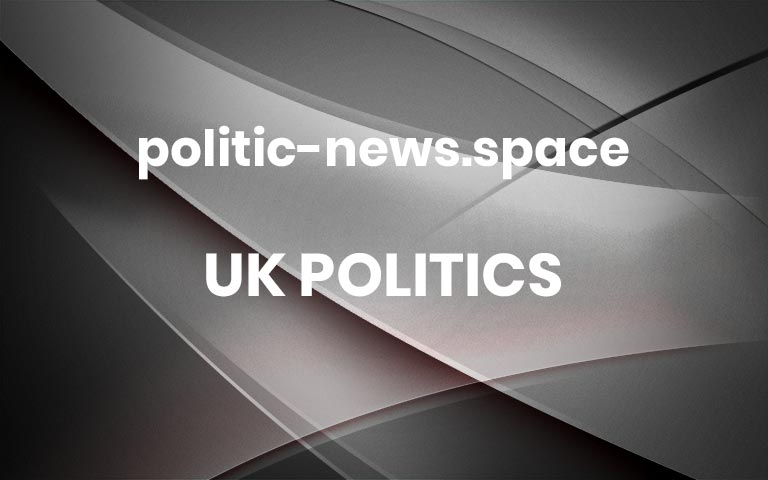As they race to deliver Donald Trump’s “big, beautiful” tax bill, Republicans in Congress are using familiar tropes to justify massive cuts to the safety net that will leave millions of low-income children and families without healthcare or sufficient food. The programs, they argue, are rife with waste, fraud and abuse, and the people who use them just aren’t working hard enough. So work requirements are necessary to force the obviously lazy “able-bodied” people to get to work.Here’s the reality check: a majority of those receiving this aid who can work are already working. More than 70% of working-age people who receive nutrition benefits or Medicaid, the health insurance program for low-income children and adults that covers one in five Americans, are already working, according to the Government Accountability Office. Those who aren’t working, research shows, are mostly ill, disabled, caring for a family member, or in school.Take the story of Ruaa Sabek. When the Covid pandemic hit in 2020, she and her husband worked at a fast-food restaurant in Philadelphia. Both their hours were cut, but they didn’t qualify for unemployment benefits because they remained employed. With two young children at home, their carefully managed budget began to crumble under rising prices and reduced incomes.What saved them wasn’t extraordinary luck or family wealth. It was the streamlined and expanded government support programs that turned what economists predicted would be a financial apocalypse into a springboard toward financial stability for some families.One analysis of Medicaid work requirements by KKF, a health policy research organization, found that most working people with low enough incomes to qualify for Medicaid typically work for small companies or in sectors, like agriculture, that don’t offer employer-sponsored health insurance, or the rates are unaffordable. In other words, their jobs don’t pay them enough to afford basics, don’t offer benefits, and they have no other choice but Medicaid.There’s no doubt that safety net programs like Medicaid could be improved. They’re rife not so much with waste, fraud and abuse, as conservative lawmakers say – though there is some – but confusing red tape; disincentives to upward mobility, because benefits cut off sharply as soon as incomes start to rise; and cumbersome, punitive rules designed to dissuade people from applying for benefits in the first place.Fueling the Republican drive to slash public benefits is a long-held belief among many conservatives that the reason most people live in poverty is because they don’t work, or don’t work hard enough, and are instead lazing about, dependent on government largesse, and robbing Americans of their hard-earned tax dollars.That view features prominently in Project 2025, the playbook for the Trump administration authored by the conservative Heritage Foundation. The foreword reads: “Low-income communities are drowning in addiction and government dependence.”And it was clearly on display in recent House congressional hearings on how to slash $1.5 trillion from the federal budget in order to pay for extending Trump’s 2017 tax cuts. “That little gravy train is getting ready to run out,” one Republican lawmaker said of federal safety net programs like Medicaid and food and nutrition aid for people living in poverty. “The spigot is getting ready to be turned off.” The billionaire Elon Musk, charged with cutting federal spending, has even posted a meme calling people who rely on federal spending the “Parasite Class”.Here’s another reality check: Three in 10 Americans, more than 99 million people, rely on some form of federal aid to live. That includes nearly half of all children in the United States. Another 52 million households, 41% of all US households, make too much to qualify for public safety net benefits but still not enough to survive. Nearly 40% of Americans would struggle to cover a $400 emergency expense.There is a problem with making policy decisions based on the unfounded belief that poverty is about people with bad moral character making bad choices, or on debunked racial tropes of undeserving “welfare queens.” (In fact, white people make up the largest group receiving public food and healthcare aid.) Shaping policy around false stereotypes, rather than the complex reality, prevents policymakers from working together on real solutions.In fact, if you talk to people living in poverty, what they say they want tracks nearly exactly with what Project 2025 aims to foster: “empowering individuals to achieve economic independence.”“If I earn good money, I’m not going to be looking for benefits. I’ll take care of my bills,” said Blessing Aghayedo, a licensed practical nurse in Minnesota. Instead, she earns barely more than the federal minimum wage, which has been stuck at $7.25 an hour since 2009.Breathing roomIn the Sabeks’ case during the pandemic, expanded Medicaid and enhanced nutrition benefits helped weather health emergencies and soaring grocery prices. Rental assistance prevented them from losing their housing when they fell behind on payments. Stimulus checks and the expanded monthly child tax credit provided crucial cash that covered essential expenses like milk, diapers, children’s clothing, utility bills, and car repairs when they needed a new transmission.Perhaps most significantly, public subsidies for childcare and the Head Start program reduced their childcare expenses from an overwhelming $1,300 per month to $120, enabling Ruaa Sabek to continue working part time and enroll in a banking training program. “I feel like, ‘Oh my God, peace of mind,’” she said of the breathing room the public benefits gave her and her family. As a result, she landed a full-time position in 2023 as a personal banker that pays $45,000 annually with benefits – a dramatic improvement from her previous part-time $12-an-hour cashier job with irregular hours and no benefits.The family is now thriving without public assistance, aligning with decades of research. “You can’t actually figure out how to get to flourishing until you’re in a stable and secure situation,” said Megan Curran, director of policy at the Center on Poverty and Society Policy at Columbia.Research shows that when families have a stable foundation, they are healthier and live longer. Adults are more likely to keep working, and children are more likely to stay in school, graduate, get better jobs, and pay taxes as adults. Even babies’ brain development is improved.And the stability pays for itself: the Child Tax Credit, for instance, returns $10 for every $1 spent every year. The United States remains the only wealthy country with no national paid maternity leave, yet the return on investment for paid family leave is 20:1. For childcare, it’s 8:1.Meanwhile, rather than saving taxpayers a ton of money, as Musk promised, slashing safety-net support ignores the real problem that keeps families from economic independence: 44% of the workforce in the United States, the wealthiest country on earth as measured by GDP, is low-wage, a share far higher than in many economic peer countries.Squeezing families already struggling financially could increase the share of those already waking up hungry, homeless, or worried they soon might be. The United States already has one of the highest rates of child poverty among wealthy countries. The National Academies of Sciences, Engineering and Medicine estimates that high poverty rate costs as much as $1tn a year in lost adult productivity, increased crime and poor health.Childcare is keyIf lawmakers are serious about adding work requirements for safety net programs, then ensuring families have access to affordable childcare is critical. Compared with other advanced economies, the United States invests the least in childcare. That means childcare costs are second only to mortgage or rent for most families who have to pay out of pocket. And federal childcare subsidies for low-income parents come nowhere close to covering those eligible.The lack of affordable childcare sent Kiarica Schields, a college-educated hospice nurse and single parent in Georgia, spiraling into a cycle of joblessness, eviction, instability, and poverty. “Childcare. That’s my issue,” she said.Trump has said he wants families to have more children. Yet surveys show that young people aren’t having children, or having as many as they’d like, because they can’t afford childcare.Kel, a divorced parent of four, wants lawmakers to think of public benefits for families like hers as a short-term investment with long-term benefits. Kel, who asked not to use her last name, fled an abusive marriage, struggles to pay bills, though she works as much as she can, and relies on Medicaid for life-saving physical and mental health treatments for her and her children. “Lifting me and people like me up will have a cascading effect on so many lives in a positive way,” she said. “We will give back to our communities tenfold, a hundredfold. It’s worth that investment in us. We’re a really good investment.”
Brigid Schulte is the director of New America’s work-family justice program, Better Life Lab, a Pulitzer Prize winning journalist, and the author of Over Work: Transforming the Daily Grind in the Quest for a Better Life and the New York Times bestselling Overwhelmed: Work, Love and Play when No One has the Time. Haley Swenson is a research and writing fellow for the Better Life Lab More




